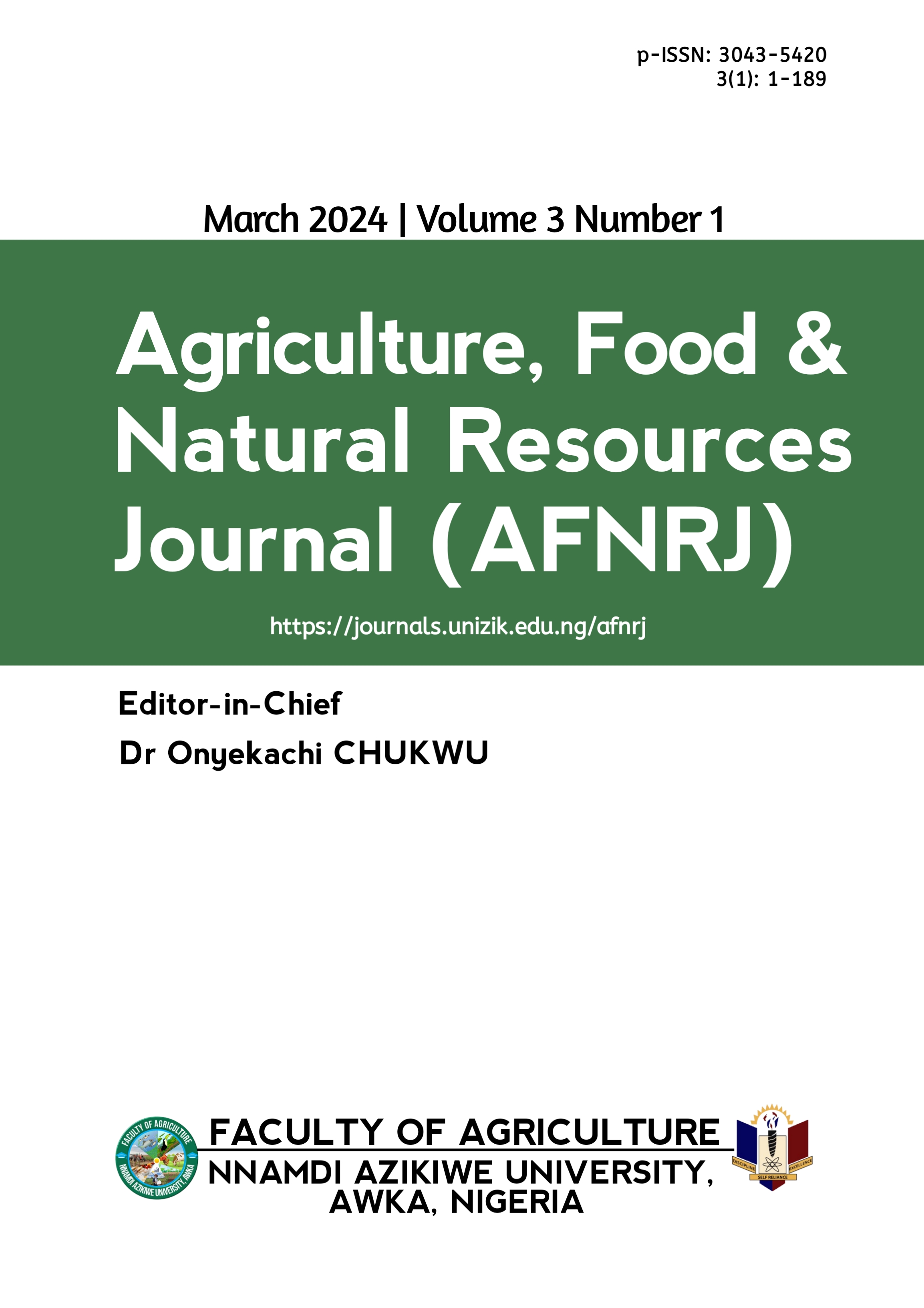Assessing the antibacterial efficacy of Garlic (Allium sativum) extracts against multidrug-resistant pathogenic bacteria
DOI:
https://doi.org/10.5281/zenodo.14017583Keywords:
Allium sativum, Antibacterial, Antibiotics, Phytochemical, SolventsAbstract
The increasing prevalence of antibiotic resistance among pathogenic bacteria has necessitated the exploration of alternative antimicrobial agents. Allium sativum (Garlic), commonly known as garlic, has been recognised for its rich phytochemical profile and traditional medicinal uses, including its potential antibacterial properties. This study investigated the activity of garlic solvent extracts against three bacteria isolates of clinical origin. Garlic samples were extracted by maceration using ethyl acetate, acetone, and methanol as solvents, following standard procedures. Qualitative and quantitative phytochemical profiles were performed using established analytical techniques. The antibacterial activity of the test extracts and standard drugs was assessed against Staphylococcus aureus, Pseudomonas aeruginosa, and Escherichia coli using the Agar disc diffusion method, with the zones of inhibition estimated in millimetres. The Minimum Inhibitory Concentration (MIC) and Minimum Bactericidal Concentration (MBC) of the garlic extracts were determined using the broth dilution technique. Phytochemical screening and quantification revealed the presence of tannins (0.139 μg/g), alkaloids (55.00 mg/g), saponins (11.70 mg/g), steroids, flavonoids (15.00 mg/g), cardiac glycosides, and anthraquinones. Antimicrobial studies indicated that the methanolic extract of garlic exhibited the highest zone of inhibition, particularly against S. aureus (20.66 mm) and P. aeruginosa (25.23 mm), which was compared favourably with standard antibiotics. The lowest MIC (50 mg/ml) was produced by the methanol extract against P. aeruginosa, while the acetone extract yielded the lowest MBC (100 mg/ml) against S. aureus. These findings suggest the potential effectiveness of garlic extracts at specific concentrations against pathogenic clinical isolates.
Downloads
Published
Issue
Section
License
Copyright (c) 2024 Eccepacem Peace CHUKWUDEBE, Paul Oluwatimilehin OGUNBAMOWO, Musbau Bayonle OLANIYI, Ileri-Oluwa Busayo EMMANUEL, Oluwole Sesan ARIWOOLA

This work is licensed under a Creative Commons Attribution 4.0 International License.
which permits unrestricted use, distribution, and reproduction in any medium, provided the original author and source are credited.
Authors retain the copyright of their published work in the AFNRJ.





